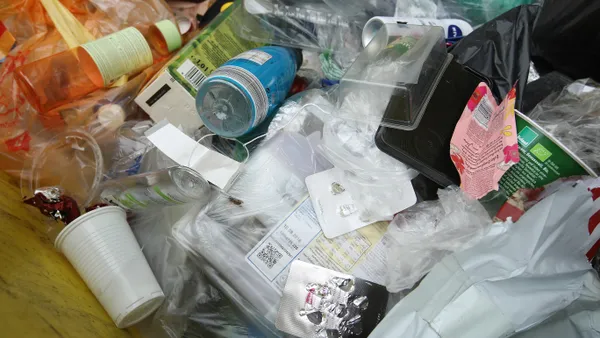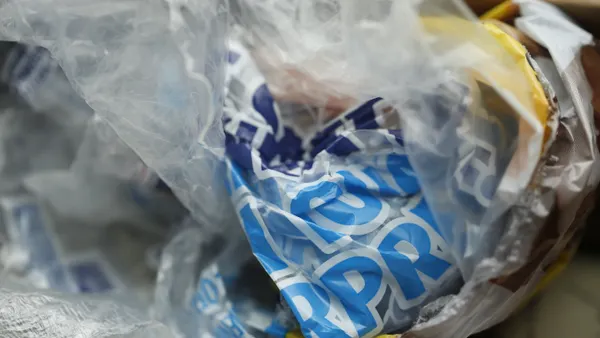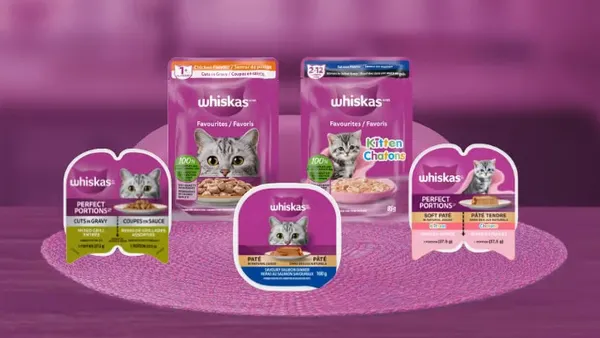Dive Brief:
- The Glass Recycling Coalition (GRC) recently announced the release of an online tool to help recycling program managers assess their options for the material.
- Hosted on their website, the tool guides users through multiple questions about how their program is currently handling glass and presents them with various links and charts based on their responses. Covered topics include best practices for collection, cost breakdowns, environmental benefits, grant funding resources, available end markets, contract negotiation guidance and a policy map.
- The GRC will be co-hosting a free webinar with the Southeast Recycling Development Council on June 22 to further explain available tools. The Closed Loop Fund will also present information from a recent study on glass recycling.
Dive Insight:
Formed last year, the GRC has attracted nearly 40 member organizations across the beverage and recycling industries. During that time the group has worked to highlight market opportunities in multiple states and serve as a central resource for information on what is working for the material with a troubling reputation.
Glass has been one of the main casualties of the realignment by some major companies to focus on emissions-based rather than weight-based metrics. Due in part to its weight, glass can be costly for recyclers that don't have good end markets in their regions and this has led multiple cities to drop the material from their curbside collection programs. Though many municipalities have still decided it's more beneficial to recycle the material than dispose of it and grant funding options may help others take the same approach.
The Closed Loop Fund's recent report estimated that investing in the necessary sorting technology for high-quality glass could help municipalities and material recovery facility operators save up to $100 million over five years. In some cases additional funding may be needed to help expand local end markets, or enhance the quality of material being captured to make it more attractive to local buyers that are already in operation. Based on the GRC's calculations there are a variety of ways to collect the material that all lead to cost and emissions savings. Now, one of the main challenges is getting the necessary investments to areas that can't make the math work on glass as is and need help upgrading their programs.










